Research Article
Formulation and Evaluation of Polyherbal Tablet of Tulsi and Bael
- Dr. Ashish Sarkar
Corresponding author: Dr. Ashish Sarkar, Dean School of Pharmacy YBN University Ranchi- Jharkhand-834010.
Volume: 2
Issue: 5
Article Information
Article Type : Research Article
Citation : Priyanka Shrinivas, Jayashree Behera, Dr. Ashish Sarkar. Formulation and Evaluation of Polyherbal Tablet of Tulsi and Bael. Journal of Medical and Clinical Case Reports 2(5). https://doi.org/10.61615/JMCCR/2025/OCT027141006
Copyright: © 2025 Dr. Ashish Sarkar. This is an open-access article distributed under the terms of the Creative Commons Attribution License, which permits unrestricted use, distribution, and reproduction in any medium, provided the original author and source are credited.
DOI: https://doi.org/10.61615/JMCCR/2025/OCT027141006
Publication History
Received Date
15 Sep ,2025
Accepted Date
29 Sep ,2025
Published Date
06 Oct ,2025
Abstract
People of all ages are vulnerable to the common cold, cough, and gastrointestinal problems that are often experienced. Since ancient times, people have been aware of the therapeutic and preventive capabilities that medicinal plants provide. Tulsi (Ocimum tenuiflorum) and Bael (Aegle marmelos) were the two herbs that were included in the polyherbal tablet that was the focus of this study. The researchers sought to analyze the tablet's quality, safety, and efficacy. Using the necessary excipients, the herbal extracts of Tulsi and Bael were processed and then converted into tablets. Standard pharmaceutico-analytical evaluations included variations in weight, hardness, thickness, friability, and disintegration time. These variations were among the factors that were evaluated. The organoleptic properties of the formulation, such as its color, smell, and texture, were also taken into consideration in order to guarantee that it was of a high quality and consistent throughout. A peculiar herbal scent could be detected originating from the tablets, which were brownish in color. It was determined that all of the quality control parameters were within acceptable limits, which showed that the mechanical strength and disintegration profile were both satisfactory. The synergistic therapeutic capabilities of Tulsi and Bael, when taken combined in tablet form, are expected to minimize toxicity via polyherbal synergy and give benefits such as immune-boosting, antibacterial, and gastroprotective effects. This is the hope that has been expressed. As a result of the Tulsi and Bael polyherbal tablet, which has shown good pharmaceutical quality, there is reason to be optimistic about the future of herbal therapy. It is necessary to do more research on its stability and clinical efficacy in order to fully understand its therapeutic significance.
Keywords: Polyherbal tablet, Tulsi (Ocimum sanctum), Bael (Aegle marmelos), Herbal formulation, Tablet evaluation, Phytochemical standardization
►Formulation and Evaluation of Polyherbal Tablet of Tulsi and Bael
Priyanka Shrinivas1, Jayashree Behera2, Dr. Ashish Sarkar3*
1PG Scholar, School of Pharmacy, YBN University.
2Associate Professor, School of Pharmacy, YBN University.
3Dean, School of Pharmacy, YBN University, Ranchi- Jharkhand-834010.
Introduction
Because it may affect people of any age, the common cold and cough are considered to be one of the most widespread ailments that can be found anywhere in the world. One of the most common symptoms of these illnesses is pain, in addition to the significant morbidity they manifest. Traditional medicine has been making use of herbal remedies for a significant amount of time in order to alleviate symptoms and aid in the healing process. The usage of polyherbal formulations has lately experienced a surge in popularity [1] due to the synergistic advantages and lower risk of unwanted effects that they provide in comparison to single-herb therapy.
Medicinal Properties of Tulsi (Ocimum Tenuiflorum)
Tulsi, also known as Holy Basil, is a plant that is highly regarded in Ayurvedic medicine. It was indigenous to the Indian subcontinent at the time. A handful of its numerous pharmacological properties include antimicrobial, anti-inflammatory, adaptogenic, and immunomodulatory activities. These are only a few of its many properties. Several scientific studies have shown that it has the potential to enhance the immune response and lessen the severity of respiratory symptoms [2]. Bioactive ingredients such as rosmarinic acid, ursolic acid, and eugenol are present in it, which contribute to the enhancement of its potential for treating medical conditions.
Medicinal Properties of Bael (Aegle Marmelos)
The bael plant, also known by its scientific name, Aegle marmelos [3], is another plant that has been used in traditional medicine for a significant amount of time. Because of its antioxidant, anti-inflammatory, antibacterial, and antidiarrheal properties, it may be beneficial to the digestive and respiratory systems. The plant's medical properties may be attributed, at least in part, to the presence of bioactive components such as alkaloids, flavonoids, and coumarins [4].
Combining Tulsi and Bael into a single pill is one method to take advantage of the synergistic advantages that have been associated with both of these herbs. There is a possibility that you may be able to treat the symptoms of a cold and cough more efficiently and with fewer adverse effects if you combine them [5]. In order to assist patients in maintaining a consistent treatment regimen, the tablet form has been developed to be simple to administer and precise in terms of dose.
Objectives
- To create a polyherbal tablet using Bael (Aegle marmelos) and Tulsi (Ocimum tenuiflorum).
- To assess the tablet's physicochemical characteristics and guarantee its effectiveness, safety, and quality.
Material And Method
A collection of Tulsi - Ocimum tenuiflorum, more often referred to as Tulsi, was collected from Dhubri, which is located in the state of Assam. In the next step, the leaves were dried in the sun and then pounded into a coarse powder using a pestle and mortar [6].
A collection of Bael Orchards in Dhubri, which is located in the state of Assam, was searched for the Aegle marmelos (Bael). Following the washing of the fruits, the pulp was extracted, and the fruit was then allowed to dry in the shade. Following the drying process, the pulp was coarsely mashed using a mortar and pestle in preparation for its later usage in the manufacture of tablets [7].
Chemicals Needed
Starch, talc, chloroform, and distilled water are among examples.
Solvent Extract Preparation
1. Ocimum Tenuiflorum Extract
- New Tulsi leaves are gathered and allowed to dry for seven days.
- A motor and pestle are then used to grind the dry leaves.
- After sieving and weighing 25.72 g of powdered tulsi leaves, they are macerated in a beaker with 200 ml of distilled water while being constantly stirred.
- The resulting mixture is covered with aluminum foil and allowed to macerate for three days, stirring occasionally, before being filtered through filter paper [8].
- A hot water bath was used to dry the solvent mixture.
- The dry extract was collected and allowed to cool in a desiccator.
- Weighing the produced extract
2. Aegle Marmelos (Bael) Extraction
- The pulp of fresh Bael fruits was separated after they were washed. After that, the pulp was shade-dried for seven days.
- A mortar and pestle were used to grind the dry pulp into a coarse powder.
- After sieving and weighing 30 g of powdered Bael pulp, it was macerated in a beaker with 200 ml of distilled water while being constantly stirred [9].
- After the produced mixture was covered with aluminum foil and allowed to macerate for three days while being stirred occasionally, it was filtered through filter paper.
- A hot water bath was used to concentrate and dry the solvent combination.
- The dry extract was collected and allowed to cool in a desiccator.
To be used in the manufacturing of tablets, the produced extract was weighed.
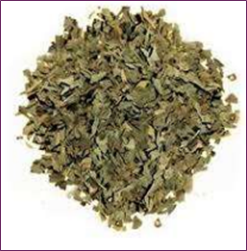
Figure 1: Tulsi Dry Leaves
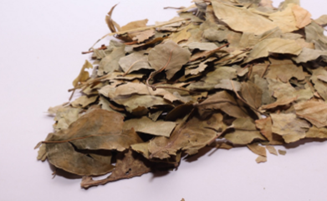
Figure 2. Dry Bael Leaves
Polyherbal Tablet Formulation
Procedure
- To make 25 (about) tablets, weigh 200 grams of powdered herbs separately.
- The herbs were weighed and then carefully ground using a mortar and pestle.
- Using sieve No. 85, sifting was done after all the particles had been evenly mixed [10].
- The powdered material was then collected for compression.
- Twenty-five tablets were compressed using an automated tablet compression machine. Poly-herbal tablets were made in this manner.
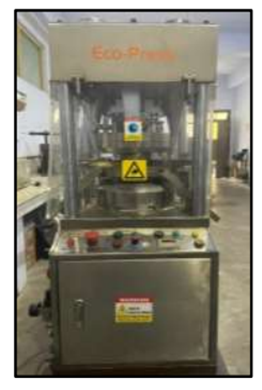
Figure 3: Compression Machine for Tablets
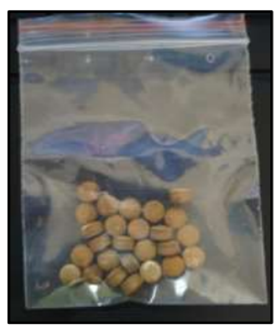
Figure 4: Compressed Polyherbal Tablets
Polyherbal Tablets Evaluation
- Colour and appearances: An examination was performed on the crushed pills to determine their color and appearance.
- Thickness: Using a dial calliper that has been calibrated, the dimensions of the tablets were measured. A sample formulation of five tablets is selected at random, and each tablet's thickness is measured according to its own specifications. It is noted that the thickness has a mean value.
- Weight variation: Random selection was used to choose twenty tablets, and each pill was weighed separately [11]. A comparison was made between the individual weights and the average weight in order to ascertain the amount of variance in weight. Calculations were made to determine the percentage deviation, which was then compared to the IP limit.
- Hardness: Five pills were chosen at random from the pool of available options. During a compression test, the amount of force that is required to crush tablets will be measured. Crushing the tablet between two jaws is the method that is used to determine the tablet's level of durability. [12] The Pfizer tester was used in order to determine the tablet's level of hardness. Hardness is measured in kilograms per square centimeter.
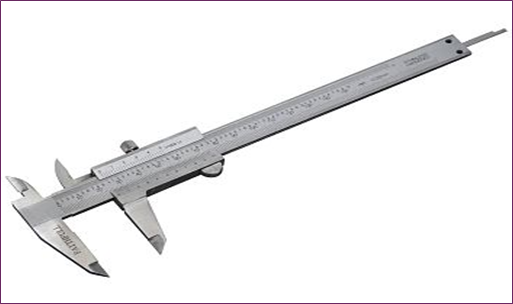
Figure 5: A Vernier Caliper
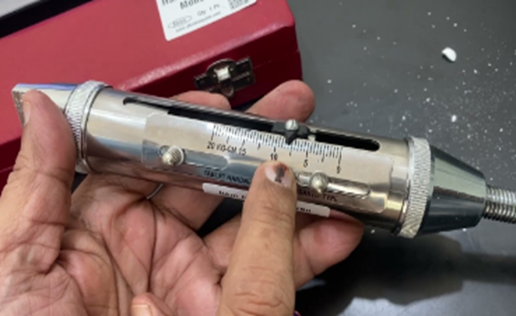
Figure 6: Monsanto Hardness Tester Testing for Hardness
5. Disintegration Time: How much time does it take for a pill to disintegrate into parts that are consistently smaller and smaller? That amounts to the moment of disintegration. The disintegration test is carried out with the assistance of a device that has a sieve with a 10-mesh opening at the bottom and a basket rack assembly that has six glass tubes that are 7.75 centimeters in length and 2.15 millimeters in diameter [13]. Using the basket, 900 cc of medium is hoisted and lowered 28 to 32 times per minute while maintaining a constant temperature of 37 degrees Celsius. The disintegration time of each tablet was calculated by the length of time it took for all of the tablet fragments to pass through sieve number 10 [14]. Each tube contained six tablets, and the disintegration time of each tablet was expressed as a percentage.
6. Friability: The degree of hardness of a tablet may be determined by its friability. We used the Roche Fraibilator to test whether or not the tablet could be broken into smaller pieces [15]. In this experiment, we employed a friabilator chamber that rotates at a speed of 25 revolutions per minute for a period of four minutes, dropping ten tablets over a distance of six inches with each rotation. A meticulous measurement was taken of the weight of the tablets, and then they were inserted inside. Four minutes were required to finish the process of rotating one hundred times, and after that, the tablets were weighed once more.
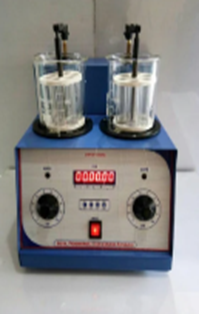
Figure 7: Time of Disintegration Measurement Using Disintegration Device
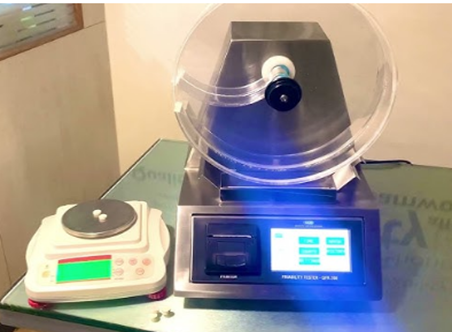
Figure 8: Friability Check with the Roche Friabilator
Results and Discussion
- Colour and Appearance: In order to assess the look and color, five pills were ingested. The pills had a brownish-yellow hue and a pill-like shape, as was discovered [16].
- Thickness: Following the consumption of five tablets for the purpose of examination, the thickness was found to be around 2.5% when it was measured.
- Weight Variation: The average weight of the 25 pills was 0.195 grams, or about 3.8% of the total.
- Hardness: The five tablets that were examined for their hardness yielded a break at 4.1 kg/cm2.
- Friability: A weight shift of 0.4% was noted after the friability test, which lasted for 4 minutes.
- Disintegration Time: Twenty seconds was the measured disintegration time [17].
Table 1: Assessment of the Parameters of Polyherbal Tablets
|
SL NO. |
PARAMETERS |
STANDARD VALUE |
OBSERVED VALUE |
|
1 |
Colour and Appearance |
– |
Brownish yellow, pill-shaped |
|
2 |
Thickness |
±5% |
2.5% |
|
3 |
Weight Variation |
±5% |
3.8% |
|
4 |
Hardness |
2.5 – 5 Kg/cm² |
4.1 Kg/cm² |
|
5 |
Friability |
0.5 – 1.0% |
0.4% |
|
6 |
Disintegration Time |
15 min |
20 se |
Upon completion, the poly herbal pill had a brownish-yellow color and no discernible odor. When each tablet was weighed separately, the total weight of the pills was found to be 0.195 grams with reference to [18]. A significant amount of attention was paid to the extraction of the tablet parameter range [19]. A tablet thickness of 2.5% was measured, which is within the range that is considered to be ideal. The pill had a hardness of around 4.5 kg/cm2, which is more than the amount that is suggested, which is between 2.5 and 5 kg/cm2. The disintegration time of six tablets was evaluated by using a disintegration test setup comprised of water that was kept at a temperature of 37 ± 2 degrees Celsius and a disintegration duration of about twenty seconds [20]. In order to determine the tablet's friability, the Roche Friabilator was used for a period of four minutes. Following that, the percentage of friability was estimated, and the result was found to be 0.8%. This value is within the ideal range of 0.5% to 1%, which is considered to be the optimal range.
Conclusion
In order to evaluate the effectiveness of the polyherbal tablet that was manufactured using Tulsi and Bael extracts, a number of quality measures were used. These metrics, including physical appearance, thickness, weight fluctuation, hardness, friability, and disintegration time, were among the metrics that were utilized. Based on the results of the test, it was determined that the pill has a good pharmaceutical grade and fits within the acceptable parameters. Despite the fact that the formulation had a reduced toxicity profile compared to chemical agents, it showed potential as a therapeutic agent, as it alleviated symptoms of colds and coughs, eased pain in the throat, and encouraged respiratory health. Polyherbal tablets manufactured from Tulsi and Bael have been shown to be a potentially safe, effective, and all-natural method of treating coughs and colds, according to the findings of this study. Additional comparative studies with the formulations that are already in use are required in order to optimize the dosage, demonstrate an enhanced level of efficacy, and guarantee a consistent level of quality for wider clinical and commercial applications.
- Jamshidi, N. (2017). The Clinical Efficacy and Safety of Tulsi in Humans. Phytotherapy Research. 31(10): 1485–1495.
- Bhattarai, K. (2024). A Comprehensive Review of the Phytochemical and Pharmacological Properties of Ocimum tenuiflorum. Journal of Evidence-Based Integrative Medicine. 29: 2515690X.
- Monika, S. (2023). Phytochemical and Biological Review of Aegle marmelos Linn. Frontiers in Pharmacology. 14: 10072075.
- Mujeeb, F. (2025). Significance, Pharmacological Properties, and Industrial Applications of Aegle marmelos. Journal of Herbal Medicine. 35: 100577.
- Sivakumar, M. (2024). A Systematic Review on Biochemical and Pharmacological Properties of Aegle marmelos. Asian Journal of Biomedical and Pharmaceutical Sciences. 13(2): 250–257.
- Jain PK, Agrawal RK. (2008). "Antioxidant and Free Radical Scavenging Properties of Developed Mono- and Polyherbal Formulations" AJES. 22(3): 213-220.
- Mauya H, Kumar T. (2019). "Formulization, Standardization and Evaluation of Poly Herbal Tablets" IJAP. 11(1): 158-167.
- Singh Ashwinder, Avupati Rao Vasudeva. (2017). "Development and Validation of UV-Spectrophotometric method for the Estimation of Curcumin in Standardised Polyherbal Formulations" JYP. 9(4): 491-495.
- Koli R, Mannur VS, Gudasi S, Singadi R, Nashipudi A. (2022). "Journal of Medical Pharmaceutical and Allied Science" MPS. 11(6): 5476-5484.
- Warrier, PK. (1995). Indian Medicinal Plants Orient Longman.1st ed. Chennai: Orient Longman Pvt Ltd. 168.
- Yamani Hanna A, Edwin Panag C, Mantri Nitin. (2016). Deighton Marganet A, "Frontiers in Microbiology"FM. 7(681): 1-10.
- How to Use Neem- Uses and benefits. Mumbai, Maharashtra: Cutingle Prakashi; 2023.
- Kumar R, Mehta S, Pathak SR. (2008). Bioactive Constituents of Neem. Tiwari A, Tiwari S, editors. Synthesis of Medicinal Agents from Plants 1st ed Sacramento: Elsevier. 75-103.
- Chemistry of Neem. (2014). Burlington, Massachusetts: Neem Foundation.
- Hong SL, Lee G, Rahman Syarifah Nur Sayed Abdul, Ahmed Hamdi Omer Abdalla, Awang Khalijah, Nugroho Nurfina Aznam, Malek Sri Nuresti Abd. (2014). "Essential Oil Content of the Rhizome of Curcuma purpurascens Bl. (Temu Tis) and Its Antiproliferative Effect on Selected Human Carcinoma Cell Lines" TSWJ. 1-7.
- Vaughn AR, Pourang A, Clark AK, Burney W, Sivamani RK. (2019). "Dietary supplementation with turmeric polyherbal formulation decreases facial redness: a randomized double-blind controlled pilot study" JIM. 17(1): 20-23.
- Tayyem RF, Heath DD, Al-Delaimy WK, Rock CL. (2006). "Curcumin Content of Turmeric and Curry Powders" NC. 55(2): 126- 131.
- Hu Y, Kong W, Yang Xihui, Xie Liwei, Wen Jing, Yang Meihua. (2014). "GCMS combined with chemometric techniques for the quality control and original discrimination of Curcumae longae rhizome: Analysis of essential oils" JSS. 37(4): 404-411.
- Braga ME, Leal, PF, Carvalho, JE, Meireles, MA. (2003). "Comparison of yield, composition, and antioxidant activity of turmeric (Curcuma longa L.) extracts obtained using various techniques". Journal of Agricultural and Food Chemistry. 51(22): 6604-6611.
- Ginger. Seattle, Washington. (2023). Medically reviewed by Drugs.com.
Download Provisional PDF Here
PDF

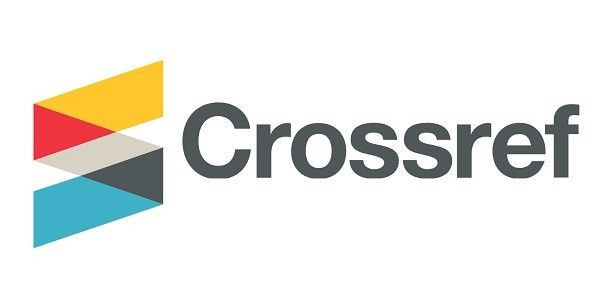


p (1).png)


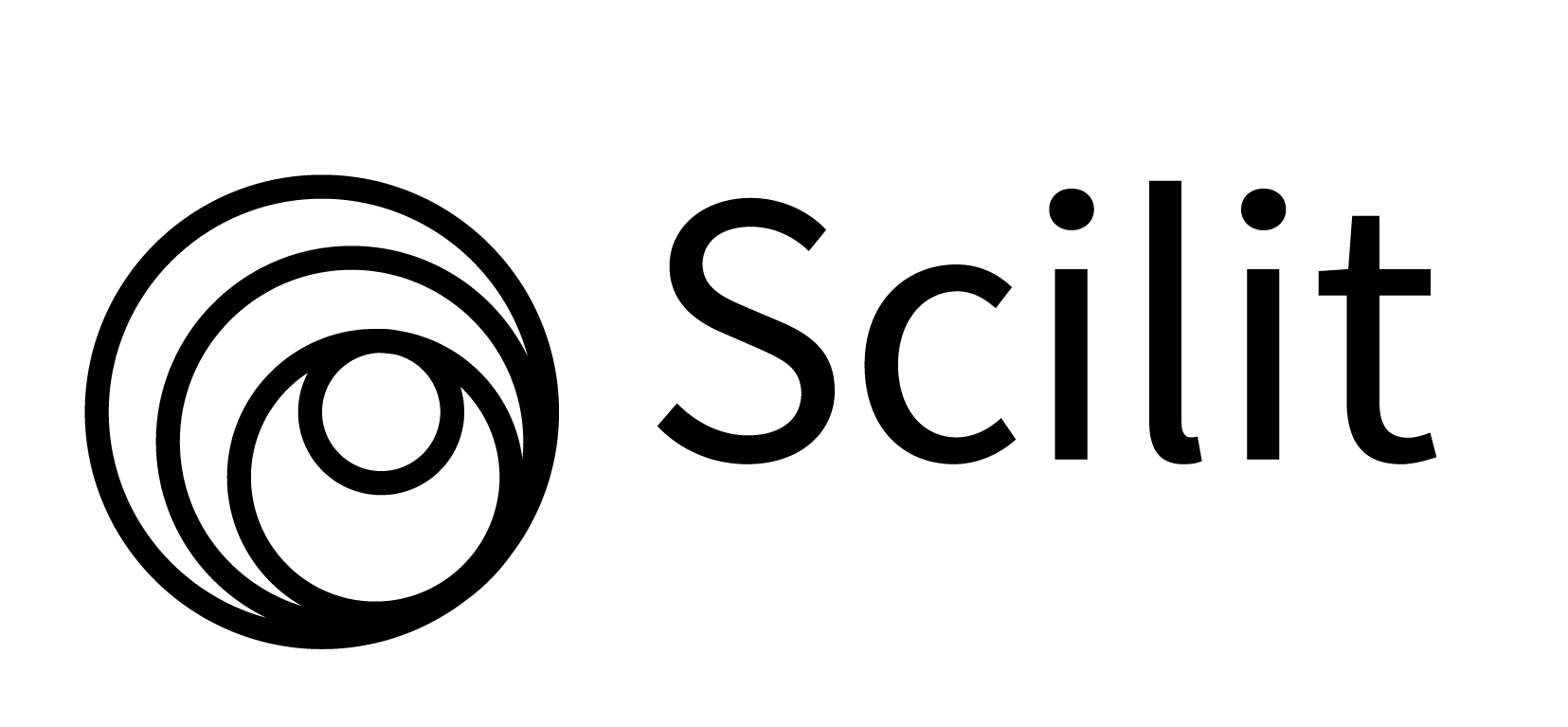
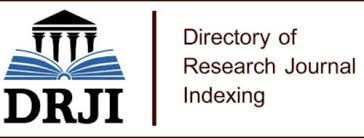
.png)




.png)
